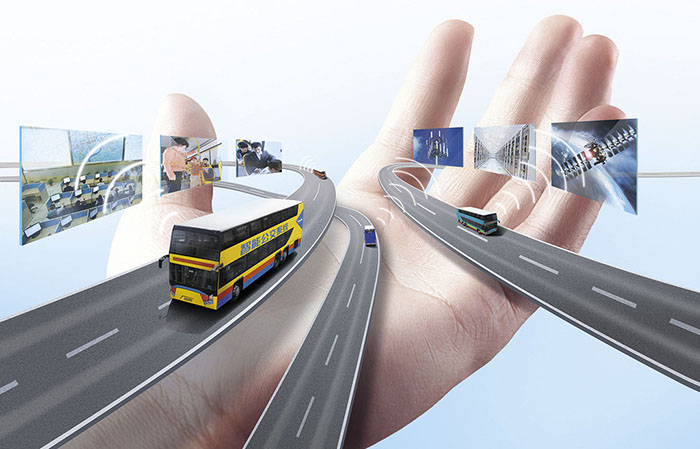With the development of Internet of Things technology, the application of mobile information technology has brought many unexpected conveniences to our cities. In many fields such as transportation, logistics, education, urban management, and medical care.
In response to the country’s call for energy conservation, emission reduction, and green travel, many people choose to travel by public transportation. Among them, buses are very popular because of their convenience and low price.
I believe that the most troublesome thing for passengers who have taken the bus is waiting eagerly for the bus but not knowing when it will arrive. You don’t know whether the bus you’re on has just left or has never arrived, so you can only continue to wait with a confused look on your face and a blank look on your face.
However, except for the peak hours of commuting to and from work, the elderly have become the main passengers of buses during the rest of the time. Many buses have also implemented free rides with senior cards, which gives the elderly great convenience. But now many elderly people are not proficient in using smartphones, which means they cannot get real-time consultation from their smartphones like young people. Waiting too long for the bus can lead to various accidents.
So the smart bus system came into being.


The first is that electronic bus stop signs will be installed at each station. With the help of the GPS global satellite positioning system, citizens can clearly know the bus arrival time through the electronic bus stop signs. Even if you are on your way to the bus stop, you don’t have to worry about missing the fastest arriving bus. You can send a text message to know how many minutes it will take to arrive.
Intelligent buses can collect information and record the time when vehicles enter and leave each station, etc., so that dispatchers can grasp the running status of vehicles in real time, conduct scientific dispatch, and facilitate transportation and management departments to timely collect statistics on vehicle operations, assist targeted management, and achieve better control. The difficulties in operation and management during morning and evening peak periods save passengers time and bring great convenience.
Smart buses also have SMS interactive communication functions. The driver can choose the appropriate route according to the situation and send information to the dispatch center. The center dispatcher can use the Internet of Things technology to view the information in real time and command the location of the vehicle in real time, which improves the flexibility and real-time nature of dispatch.
Smart buses can also perform remote real-time detection of vehicle operating conditions. If a safety hazard occurs, the driver will be reminded in time, and the information will be transmitted to the dispatch center through Internet of Things technology so that proactive measures can be taken to ensure traffic safety, reduce the incidence of accidents, and ensure the safety of passengers to the greatest extent.
More and more Internet of Things applications are gradually penetrating into our lives. The emergence of smart buses ensures the safety of passengers and brings great convenience to passenger doors.
